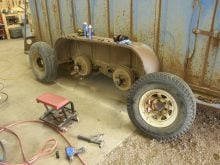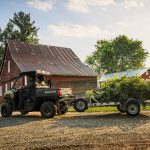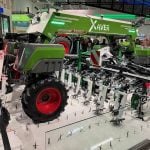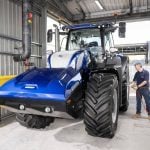In December the list of AE50 Award winners for 2025 was announced, and Agco won a few of them for its equipment. One of those machines garnering a prize was its relatively new Momentum planter.
Every year the ASABE (the American Association of Agricultural and Biological Engineers) picks about 50 new products and machines that its judges rank highest in “innovation, significant engineering advancement, and impact on the market served”.
“From the beginning, the Momentum has been about research,” Agco marketing product specialist Kirby Woods said during a demonstration of the Momentum planter in a Kansas field last June, well before the awards were handed out. “How do we improve the farmer’s bottom line?”
Read Also
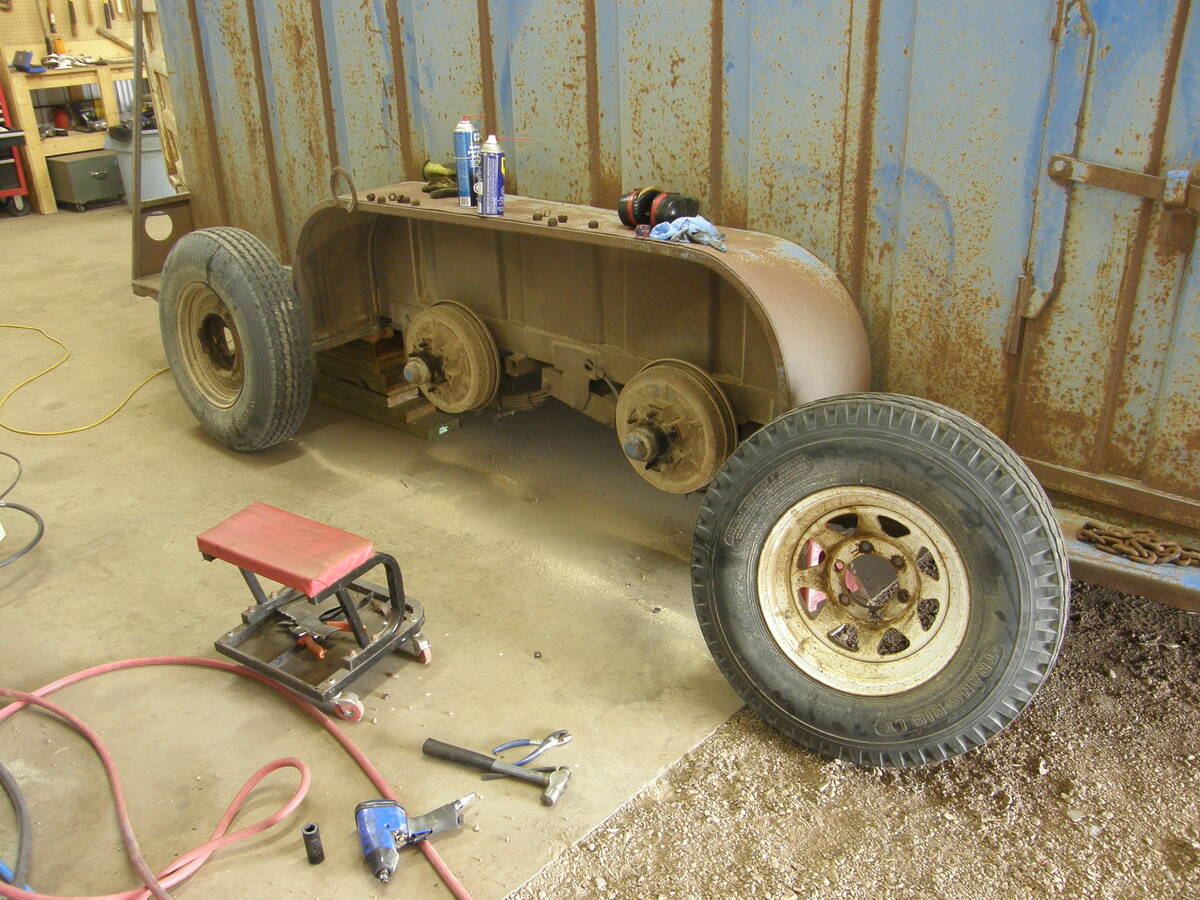
How to overhaul electric trailer brakes
Let’s look at what you’ll find when you pull the wheel hubs off your livestock trailer, and what you need to consider to keep those electrical brakes in good working condition.
Marketing reps at that field demo claimed the planters were showing an annual five- to six-bushel advantage during field trials, because of the features they offer.
For the 2025 model year, the Momentum will be available in 30-, 40- and 60-foot working widths with 12 to 48 rows.
The Momentums are designed to have a relatively light footprint to minimize soil compaction. One of the features behind that is Fendt’s Weight Logic system, which distributes the implement’s overall weight more evenly across all tires.
“With our weight management system, it automatically will measure the weight on the spindles,” Agco marketing manager Mark Brungardt said during that same Kansas event. “We have a smart spindle on each axle; it’s going to maintain the (same) weight on the wings as in the centre. So we reduce compaction. We have two cylinders on each wing that push down to put more weight there.”
The central frame section rides on a inline tandem axle that provides a larger footprint, and at the same time it eliminates pinch points on the adjacent rows. The tires have an adjustable inflation system to increase pressure for road transport and decrease it to widen the contact surface in the field to further help minimize compaction.
“Another way we prevent compaction is by getting a wider footprint with our tire,” said Brungardt. “To do that while we’re in the field, we use a tire inflation system similar to what we use on our tractors with VarioGrip. We can inflate the tires when we go down the road to have less rolling resisitance. When we go to the field we’re going to lower that to 15 p.s.i. That gives us a bigger footprint.”
To keep all those wheels firmly on the ground, the Momentum frames have the capability to contour over some pretty uneven field terrain with up to 52 inches (1.32 metres) of vertical flexibility.
“We have what we call the vertical contouring toolbar,” Brungardt said. “We have three sensors on each wing and three in the middle. So as we go over a hill or through a dip the parallel link arms (on the row units) are moving up and down. If our inner one is up higher and the outer one is down lower, then this bar is going to move up or down to try to get them back to centre so we have maximum travel out of our parallel link.”
The Momentum can be fitted with either liquid or fertilizer tanks on the centre frame section. Two 65-bushel seed tanks get paired with an 800- or 1,000-gallon liquid or 125-, 130- or 175-cubic foot dry fertilizer tank, depending on the working width.
The liquid fertilizer systems come with Precision Planting’s EMHD system, which controls liquid delivery to the openers on a row-by-row basis. Brungardt said Fendt aims for a maximum delivery variation across the frame of no more than five per cent, rather than the industry’s generally accepted average of 10 per cent.
Precision Planting’s EMHD system has been available as a retrofit system for several years, but now Agco is making it a factory option on the Momentum. It will be an optional upgrade.
“On each row we have a module that I’m monitoring how much fertilizer is going to that row,” Brungardt said, “and I have a control valve to make sure I have the right amount across the width of the planter.”
Aside from evening out fertilizer distribution across the frame, the system includes turn compensation and individual row shutoff.
At the Kansas field day in June, product reps demonstrated the distribution capabilities of a planter equipped with a granular fertilizer system. Overall variation in that demonstration came in at just two per cent when samples taken from the openers were weighed.
The Momentum planters can band up to two different fertilizer blends at each row unit.
Because of its design, Agco’s marketing reps believe the Momentum planter can also take the place of an air drill in some operations.
“We can plant more than just corn and soybeans,” Woods said. “We can plant canola. We can plant wheat. So we want to show the versatility of the Momentum planter. That’s what we want to showcase.”






